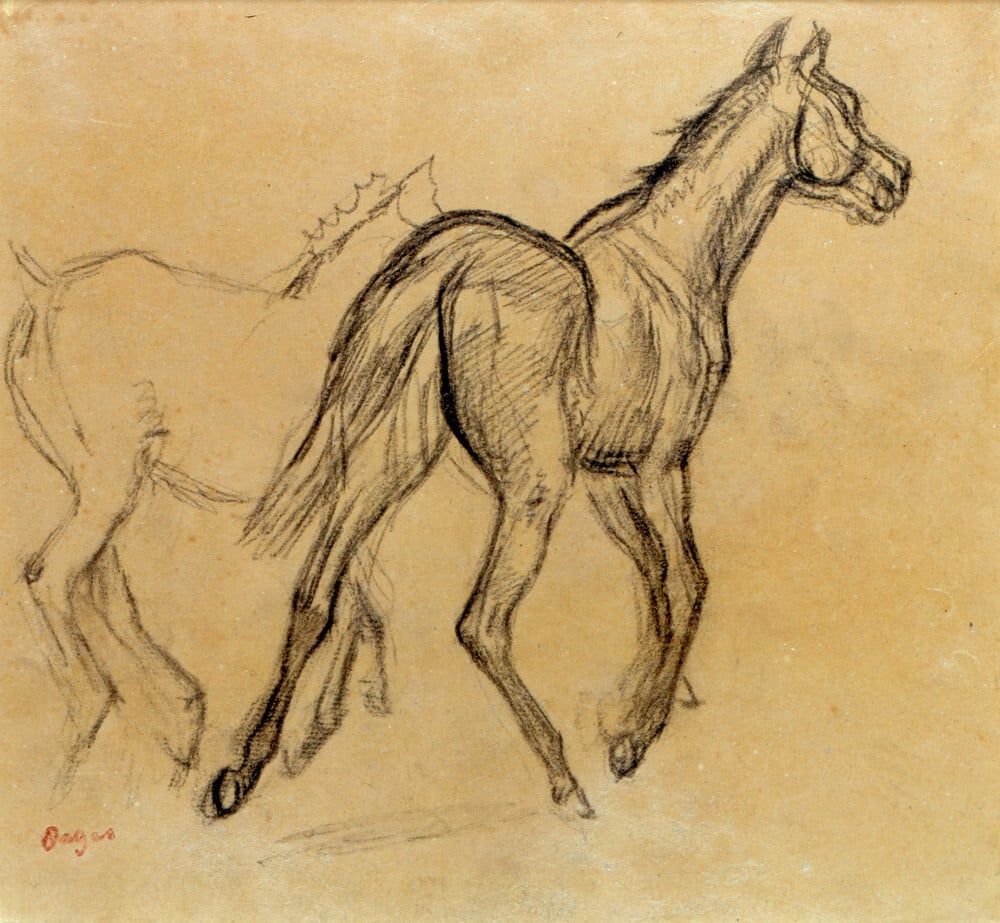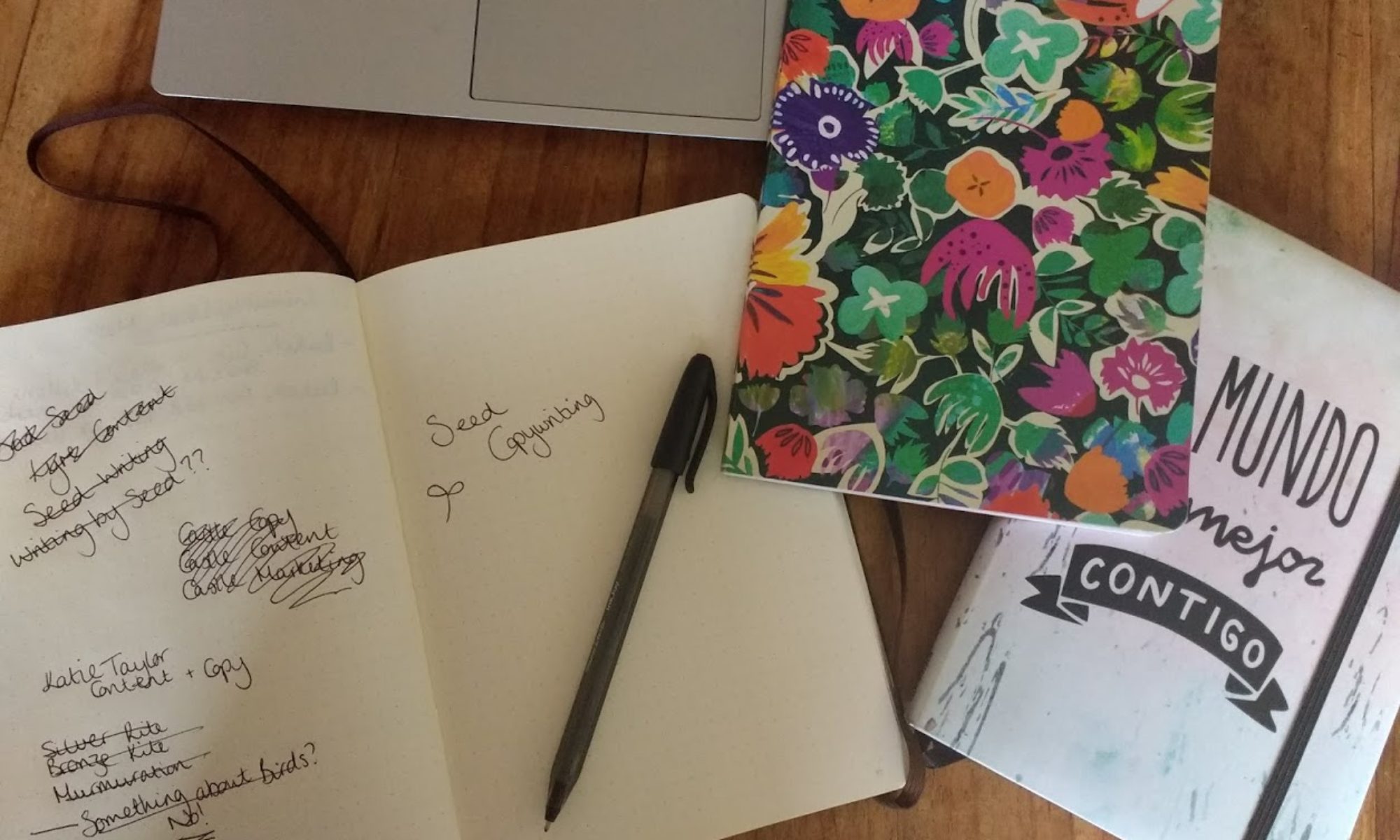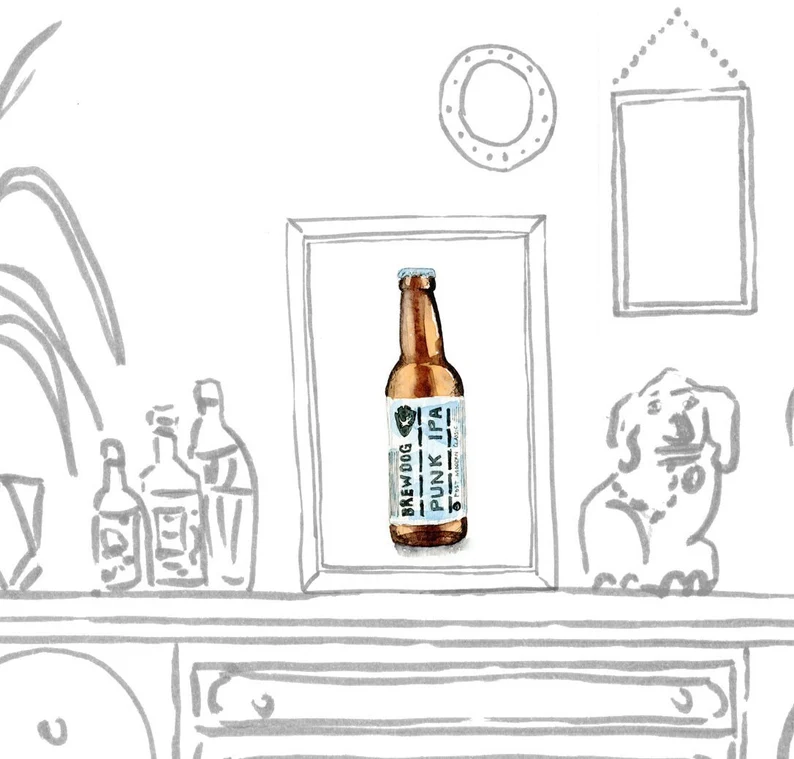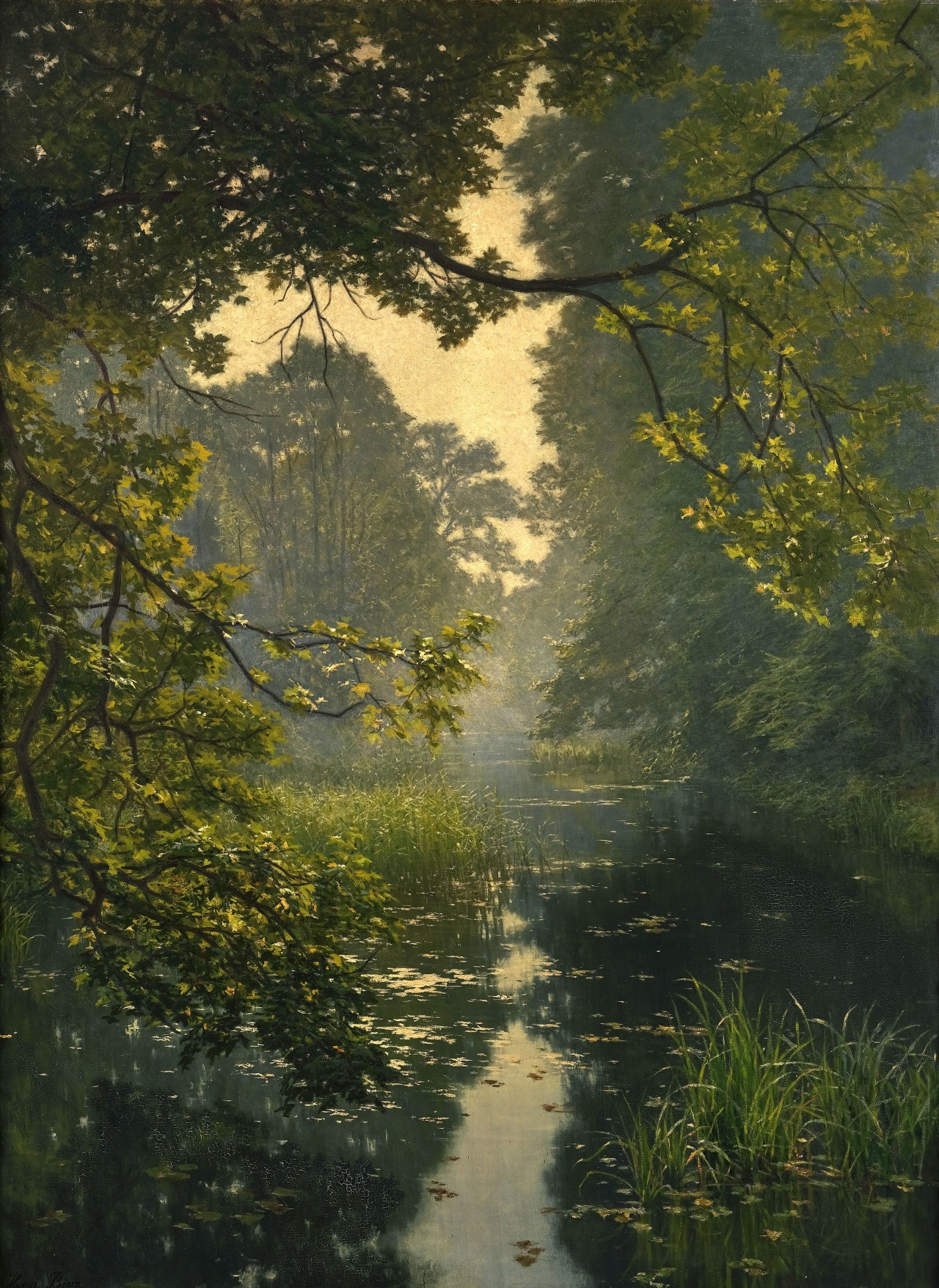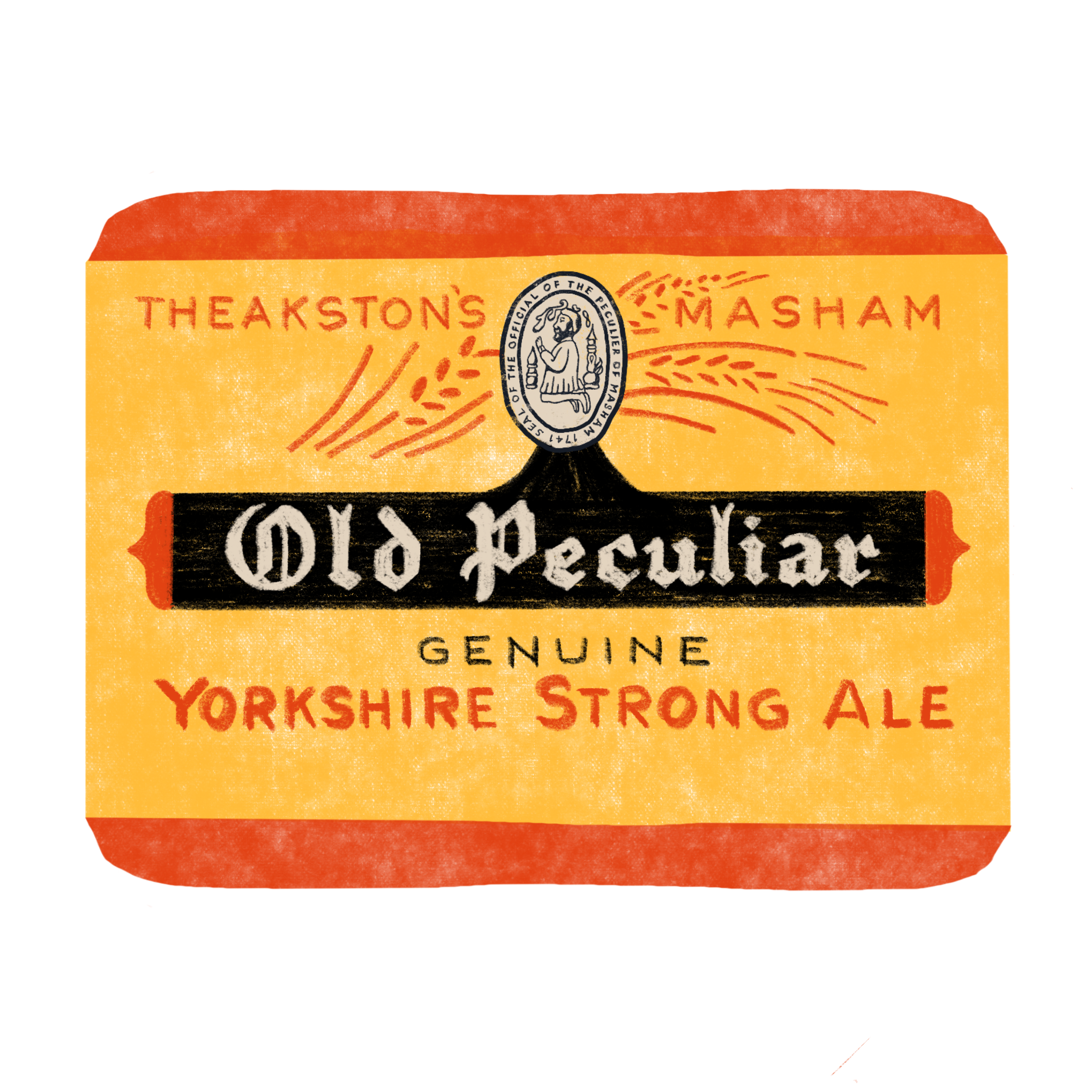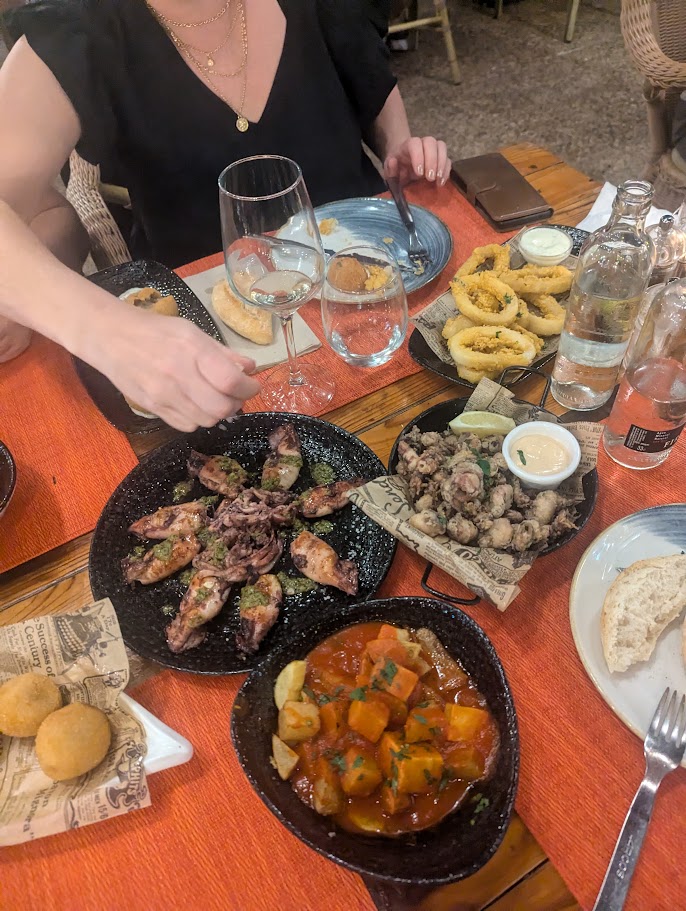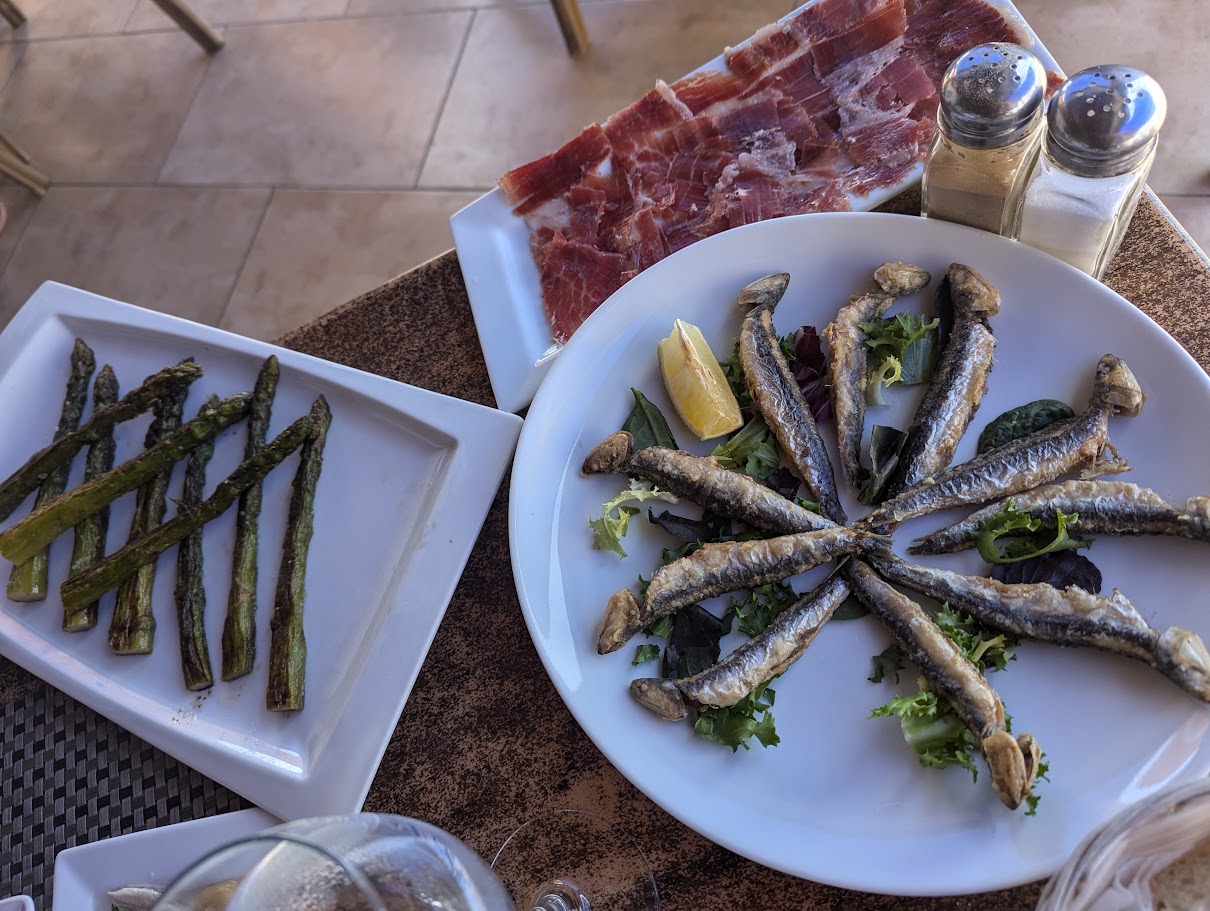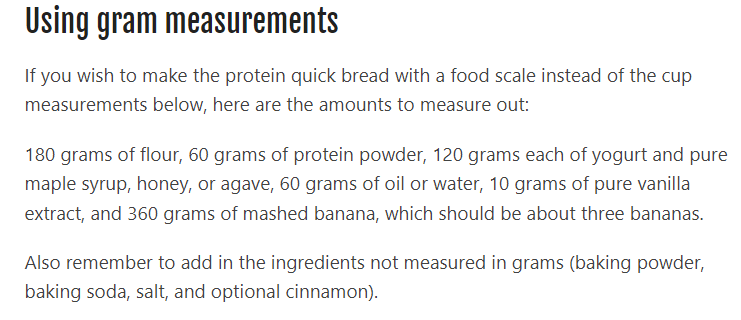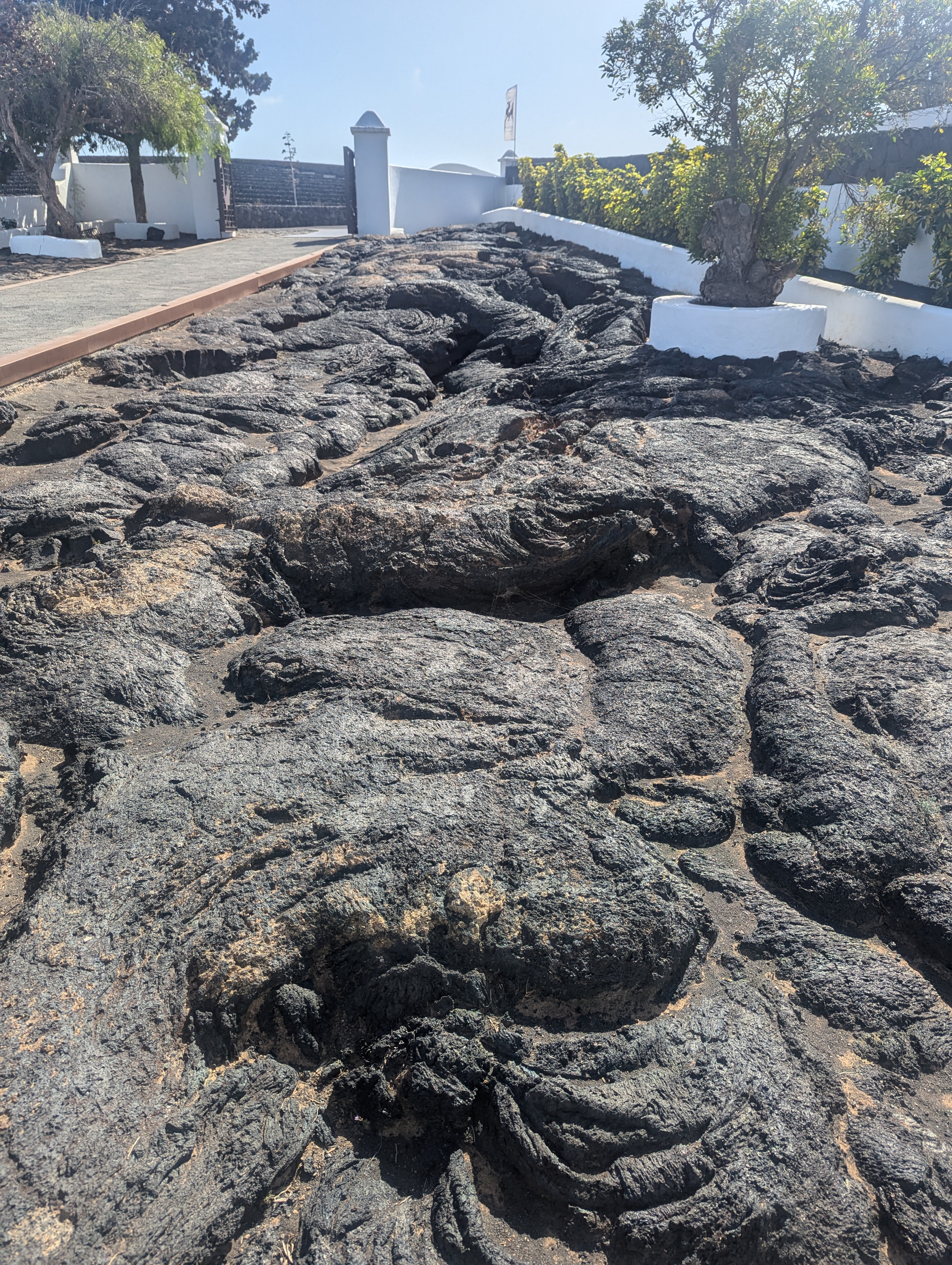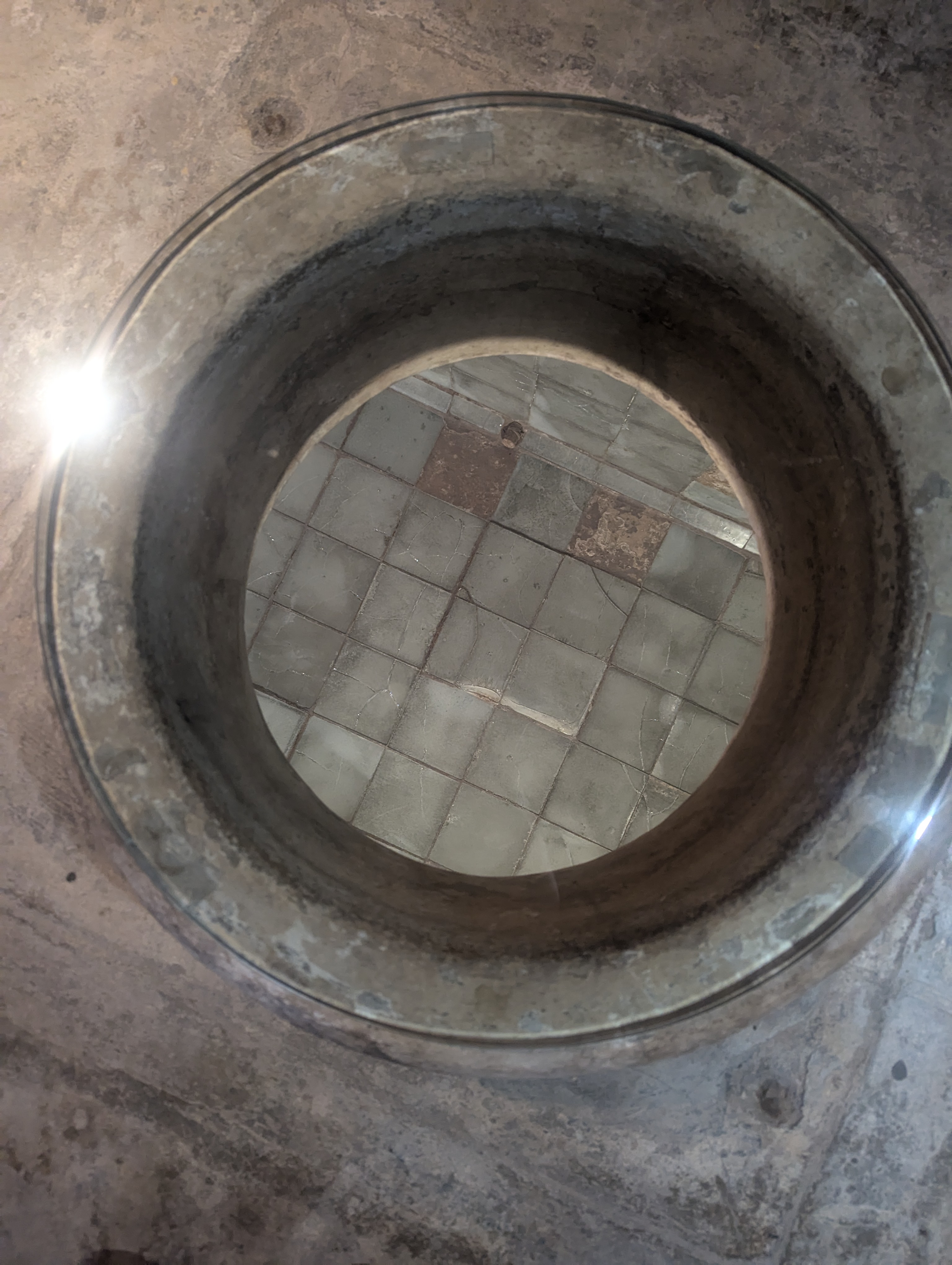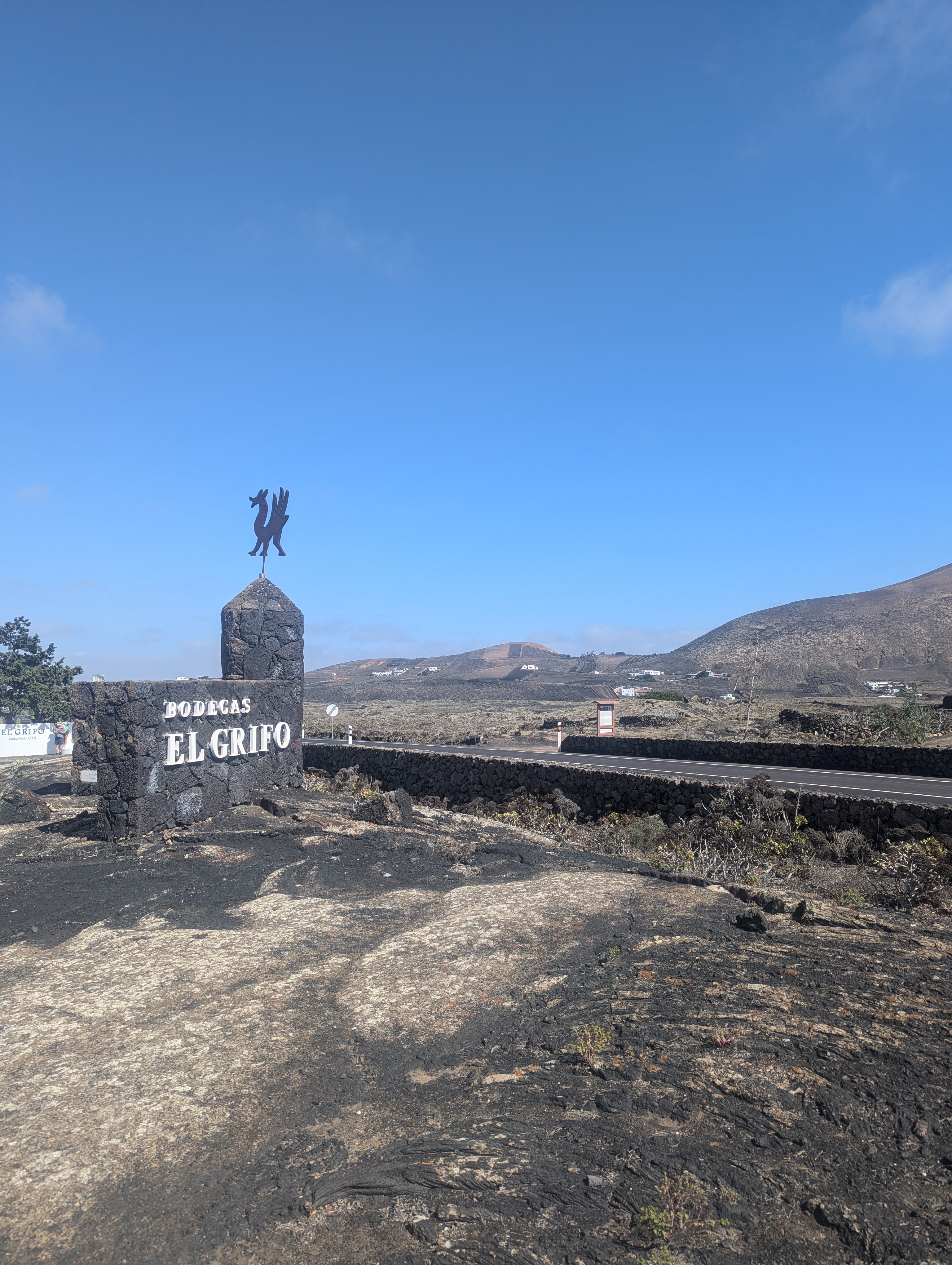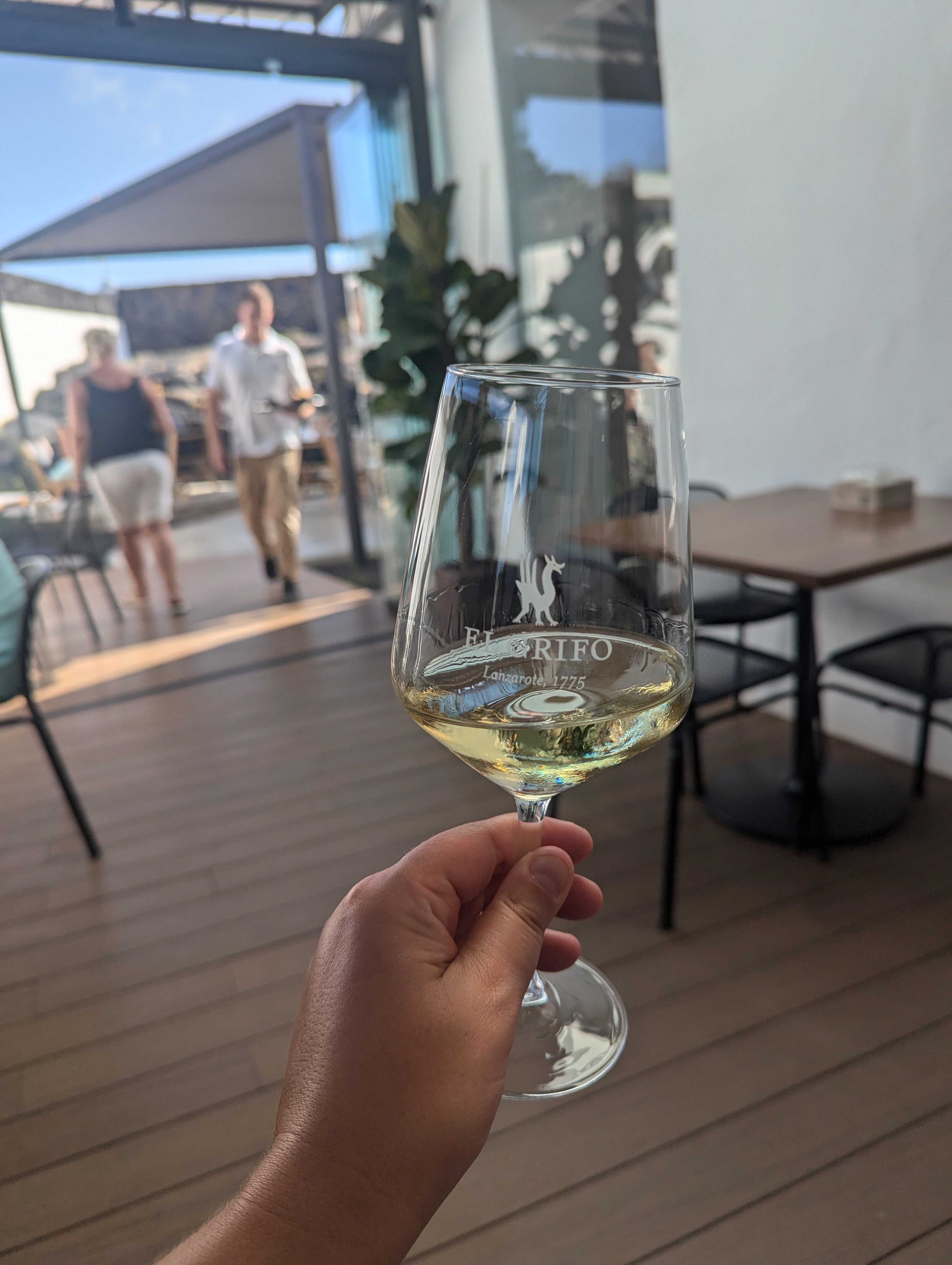I’ve just finished editing a book—this is what it feels like.
In late summer, I was asked if I’d like to try something new—editing a long-form manuscripts. Until this point I’d only ever edited features, news stories, and the odd dissertation, but since I began working for Glug magazine and then Pellicle as an editor, I’ve developed a deep passion for editorial work. It’s something I didn’t know I’d enjoy until I was elbow deep in submissions for the first few issues of Glug when it was being launched, and as a writer prior to this, my only experience with editorial was with editing my own work and receiving feedback from editors.
I love getting to know a person through their writing—their style tells me a lot about what they want from their work, how they want it to be perceived and therefore how others will view them through it. It’s like being let into someone’s brain through an open window. Through reading their initial drafts I can learn about what they’re saying and beneath that, what they are trying to say, and it’s through picking apart the mortar of their sentences that I can figure out how to help them.
That’s what I’m here for, to help. I enjoy including empathy in my editorial work. Some people are red-ink editors, and having been edited by them, I know their techniques work, and my writing has improved through their tough guidance. Other editors prefer to do all the work, showing how things should be, and re-writing parts that need extra shade, texture, or flow. I’m a chatter. I like to talk about what’s going on when there seems to be an issue, and ask the writer to get in touch so we can figure it out together. Sometimes I can get into my head and believe that I know what the writer wants to say better than they do—this is never true. The best way for me to do my job is to get a writer to do everything themselves, with my guidance and help if they need it, and this means I need to keep my own ego in check throughout the process. So what if the writer has written something I wouldn’t necessarily enjoy reading? If it’s their style, if that’s what they are communicating, and it isn’t wrong and it reads well, then my personal preferences need to stay out of it.
If something isn’t working in a piece, say an idea isn’t linking easily with another, or there’s a jarring shift in tone or movement, I don’t believe I can fix that by jamming in a supporting sentence or two. It could get the story to a place where it could feasibly be published, but it wouldn’t make the writer happy to see their work propped up like this. That’s why I ask questions, request phone calls, and send email after email if needed, so that the finished work is as authentically theirs as possible. It’s more work this way, but I like my job.
That’s why I enjoyed working on the book so much. Cathy Huddleston has written a moving memoir about her life as a cowgirl, coming out in the Midwest, and becoming a horse therapist, all while dealing with the trauma of multiple sexual assaults and countless broken hearts. I was asked if I would like to work on this book and given the necessary trigger warnings. I said yes. I couldn’t wait to read this story.
Reading Cathy’s manuscript as an editor was difficult at first, because the content was so deeply affecting. Then I realised that I didn’t need to distance myself from Cathy in order to be an effective editor—in fact, it might benefit the book if we got to know each other better. Communicating with Cathy became the most important part of the process, ensuring my edits were sensitive to the topics at hand, and that her voice, above all, was what shone through. There were sticking places she’d struggled with, and the best way to tease out the meaning and emotions she had been grasping for was to talk. Writing a book is an emotional experience. Sometimes finding the right words can be more difficult than you anticipated. I’m so glad that together, we worked out what needed to be done, and that Cathy found her way forward.
The finished manuscript is full of Cathy’s unique voice and spirit. Often, writers are suspicious of editors, and feel that all we want to do is strip work back. I hope I do the opposite. Working with Cathy, I wanted to build up her confidence in her own voice, and develop her writing to incorporate her own style. In earlier manuscripts, she could write very matter-of-factly to get ideas over. I pushed her to be herself, because I knew that warmth and personality was there.
By the end of our time working together, I became immensely proud of Cathy and everything she’d accomplished in writing her book. On the day her final manuscript was sent on, I cried. I was proud of myself too, and so overcome with the sense that I’d truly helped someone tell their story the way they wanted to tell it. But what really made me cry was that Cathy had worked her ass off—during a job change and a house move—to make sure she understood my comments, to take them on board, and then use my suggestions and advice to improve the manuscript in her own way. She took constructive criticism like a champ, and she worked so hard to get it over the line.
I couldn’t have asked for a better first experience in book editing. Thanks Cathy.
Cathy Huddleston’s book Because Of My Horse is now being sent to publishers. More information when I have it.
Other Stuff
A deep inside-look at the shawarma hotspot that is Glasgow
Get yourself a Pellicle hat
Walking Phnom Pen by Chris Arnade—using his unique perspective as he long-distance walks around the world to discover the city, he notices it’s full of children. “Phnom Penh is a young city chock full of kids. They are everywhere, and they bring a positive energy, warmth, and joy that no amount of adult diversions — no amount of bars, casinos, exceptional cuisine, and museums — can replicate, because nothing warms the heart like a big smile from a tiny face.”
On Criticism in Beer Writing by Matthew Curtis
Working Inside Beer’s Sinking Ships—a look at Australia’s failing beer businesses via the people who work there, by Will Ziebell
My Stuff
The Corporate Takeover of Craft Beer Leaves A Nasty Taste In The Mouth—by me for The Guardian
If nobody cares about craft, then why does it matter so much?
